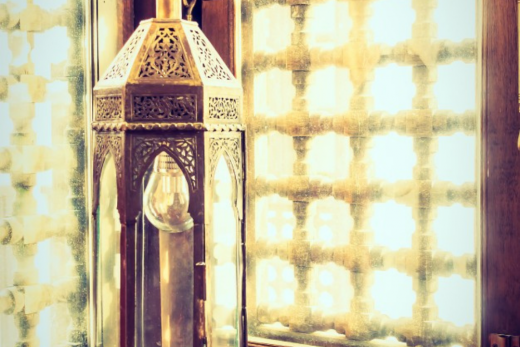Raw materials such as milk, yoghurt, eggs, corn, wheat flour, barley flour, rye flour, chickpea, lentil, cranberry, ready-made or sourdough, tarhana grass, spice mixtures, cream, vegetable mixes are available in different amounts and mixes in tarhanas produced in Anatolia. Despite these differences in its production, its basic raw material is yoghurt and wheat grain or flour.
If you happen to be in Adana, Kahramanmaraş and Antep regions, you will come across a type of tarhana, which is a mixture of yoghurt and boiled wheat, called “Top Tarhana, Squeezed Tarhana, Yumruk Tarhana” prepared in July and August. Tarhana produced in these regions is also called “white tarhana” due to its external appearance. As in some regions of the Aegean Region and Western Black Sea, a mixture of tomatoes, onions and peppers is not included in tarhana.
In Adana Pozantı and Mersin Silifke areas, while preparing tarhana, wheat, which is called as pounding, splitting or toothed, is boiled with a little salt and water. Some families use milk instead of chickpeas or water during boiling. When this boiled mixture reaches room temperature, it is mixed with the yoghurt taken from the oil, kneaded thoroughly and left outside to ferment for a night or two. Pieces of fermented tarhana dough are taken off and laid on the sheets and left to dry in the shade. The dried tarhana pellets are placed in cloth bags and stored in light and moisture-free conditions.





